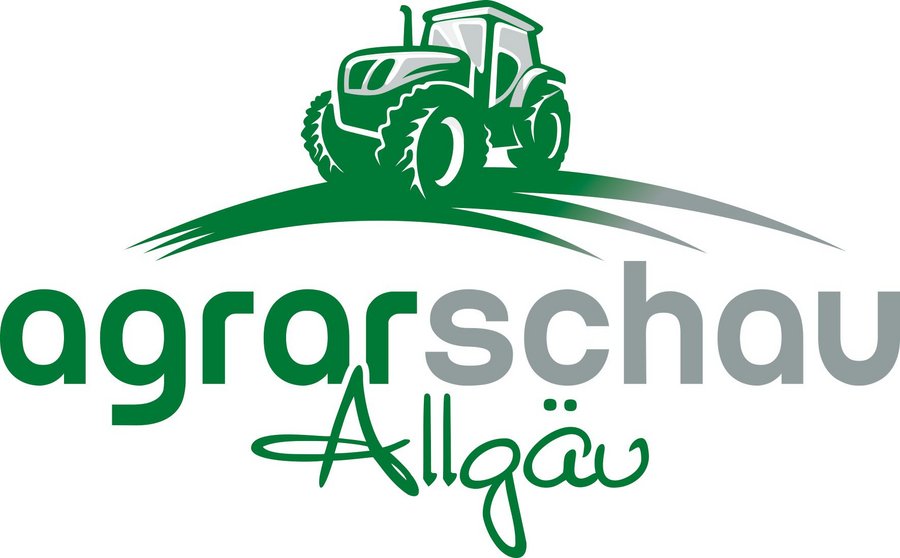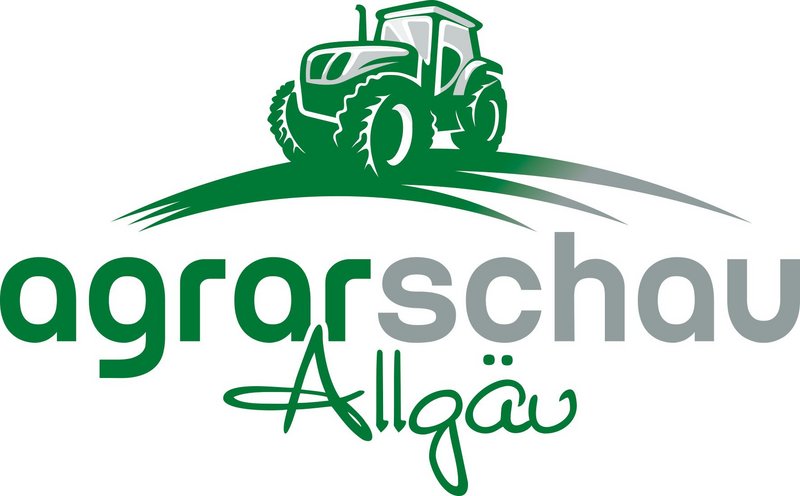
Liquid manure technology - from the rotary lobe pump to the Strip Till device
Efficient liquid manure spreading and liquid manure management
Liquid manure is an important resource for agriculture. Used correctly, it brings with it distinct economic benefits. Though improved liquid manure technology comes at a price, it enables huge savings. Why? The more uniformly liquid manure is deposited on or in the ground, the better the nutrients it contains can be utilized since emissions are minimized. Farmers, corporate contractors and machine syndicates can significantly reduce outlay on mineral fertilizer using this natural source of nutrients. Using the full range of agricultural technology by Vogelsang will ensure low-emission application of liquid manure is more successful even under the most demanding conditions.
For several decades now, Vogelsang GmbH & Co. KG has been committed to liquid manure technology. Repeatedly we have set new benchmarks for low-emission spreading, thereby enabling our customers to use the nutrients contained in liquid manure efficiently and hence optimize their operating costs. Consequently, we have contributed considerably to their economic success. Incorporating ongoing developments and innovations in our techniques means we are in a position to act as your professional partner – from tanking to spreading. For we know only too well that efficient liquid manure management with ground-level spreading saves costs while at the same time preserving the environment. In order to support our customers in achieving their economic goals as best as possible, we offer a broad portfolio of products in the areas of pump, shredding and spreading technology.
Upcoming events


Agrarschau Allgäu 2025

Tarmstedter Ausstellung 2025
Upcoming events

FIGAN 2025

Agrarschau Allgäu 2025

Tarmstedter Ausstellung 2025


